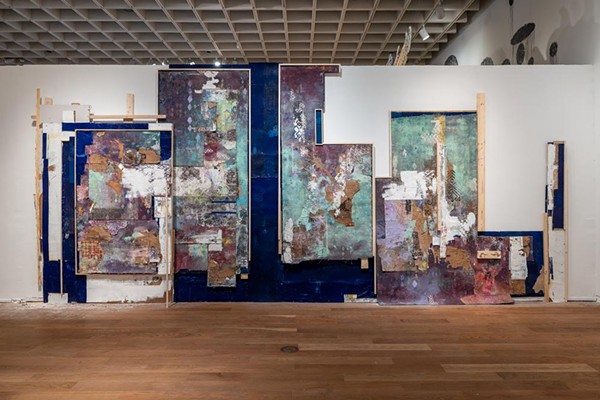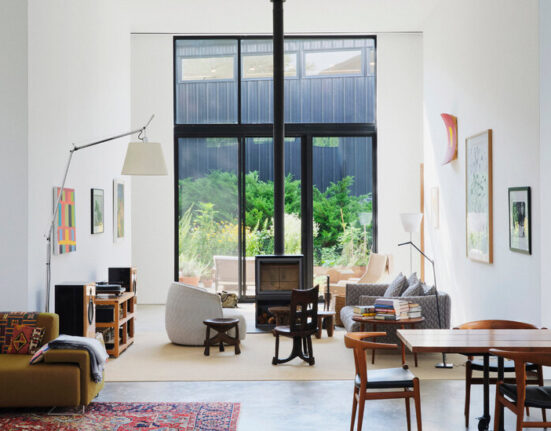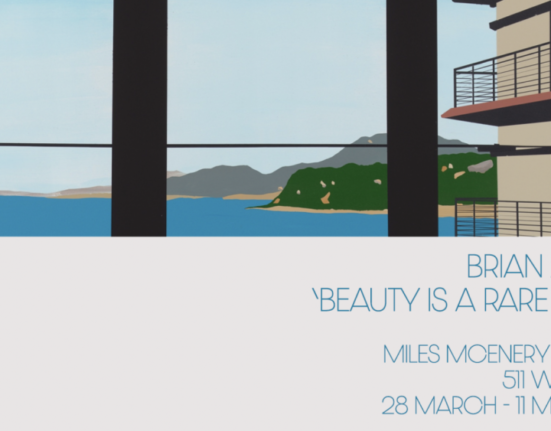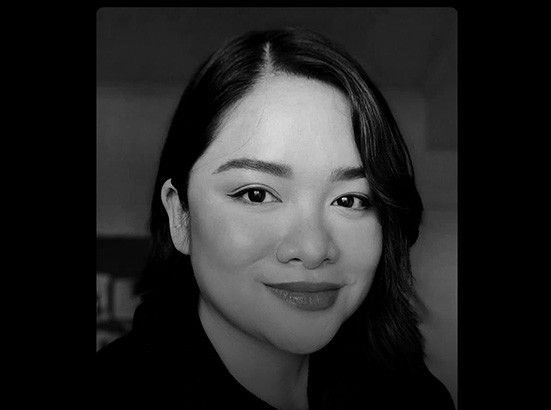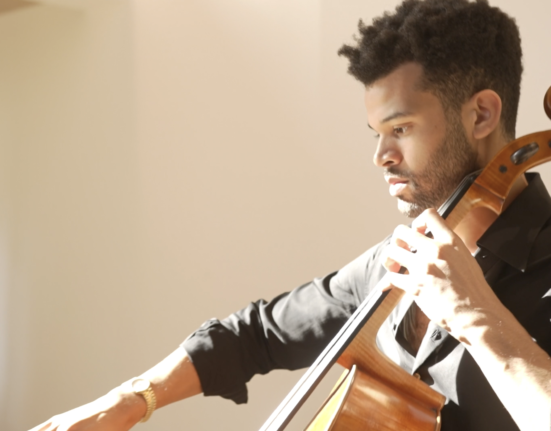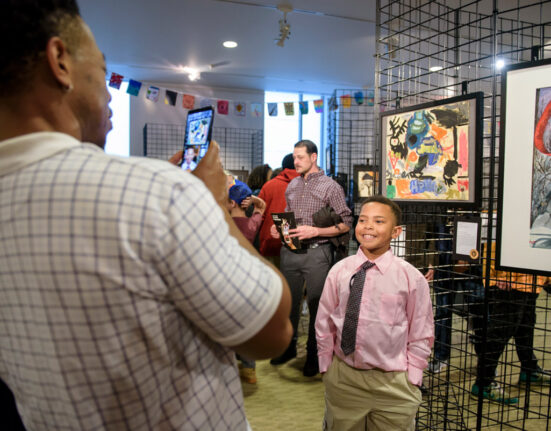The Orlando Museum of Art has trained us to happily await their Florida Prize summer exhibit with fervent feelings of curiosity about what contemporary artists in Florida are actually up to these days. This year is the 10th anniversary of the competition exhibition, and OMA’s crop of creatives this year give us a deep dive into the state of the art.
The Florida Prize this year went to Yanira Collado, a Miami artist. Collado’s work ranges in size from a tiny cup of blue soap flakes to a 12-foot-tall panel, and her work is mostly contained in a gallery within a gallery.
“It creates a quiet platform,” she explained to us in an interview, “to amplify the sense of reliquary, and convey a shift in energy.” Along the exterior of her room, intriguing framed bits lead you through an opening into a room where your perception subtly shifts the longer you gaze at the work.
Born in New York, Collado grew up in the Dominican Republic and now maintains a multidisciplinary studio. She won the 2013 South Florida Biennial, the 2019 and 2023 Ellie Awards given by Oolite Arts Foundation in Miami, and now Orlando Museum of Art’s Florida Prize in Contemporary Art. Her work explores the visual language of the Afro-Caribbean diaspora by painting localized sacred symbols onto unlovely scraps of global industrial mass production.
Collado layers large, flat installations of rough-textured material, subtly painted with aquas and lavenders, onto her gallery’s walls, framed partially in crisp wood but otherwise ending in studiously ragged edges. In a corner of her space, an amber and ivory glowing window appears, and an unusually shaped pedestal carries two small objects. Just as your vision adjusts to light, so here your vision adjusts to the patterns and symbols emerging slowly as you take it all in.
“Threading weaves extensions of our present and our path together,” Collado shared. “These works explore the loss of cultural meaning due to mass production of textiles.” She experienced this while living near Santiago in the Dominican Republic, where her family was employed in industrial-scale garment manufacture. Like graffiti tags, Collado threads symbols and patterns from her local heritage over brightly colored Dominican-made bandannas, the backs of used carpets, and deep purple carbon-paper transfers (which are still manufactured in the Dominican Republic and Haiti).
Collado quotes Wu-Tang Clan’s Ghostface Killah when describing her gallery space: “You see the universe, which consists of the sun, moon and stars, and them planets, that exist in my space.” Bandannas for head protection refer to the Caribbean subculture, and in fact a large layered panel is titled “Penumbra #36 for Wu-Tang Clan,” a tribute to the icons. She interpolated a chair used for indigenous Caribbean religious practice into the pedestal. Collado also created the small internal window titled “Ojala,” actually built out of soap, with the double meaning of both cleansing and an interpretation of the term Ojala, translated as “God willing.”
“I want to disrupt the preconceived idea of what the white cube, or gallery, is supposed to represent,” Collado told us, “by altering the perception of the viewer.” Viewers who take time to decode the references in her gallery will awaken to an artist’s reclamation of meaning from the mostly meaningless world we live in.
Thanks to the generous support of Gail and Michael Wynn, the Florida Prize in Contemporary Art celebrates a successful 10th iteration. 2024’s artists document contemporary culture with finesse and a strong, consistent aesthetic. The Florida Prize’s sustainability is a testament to the state’s cultural vitality, despite gale-force headwinds.

